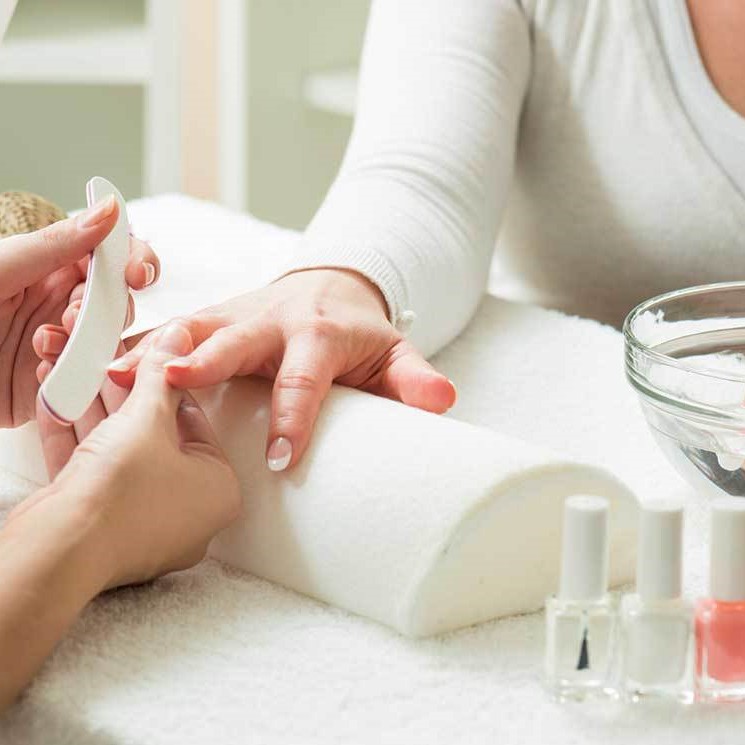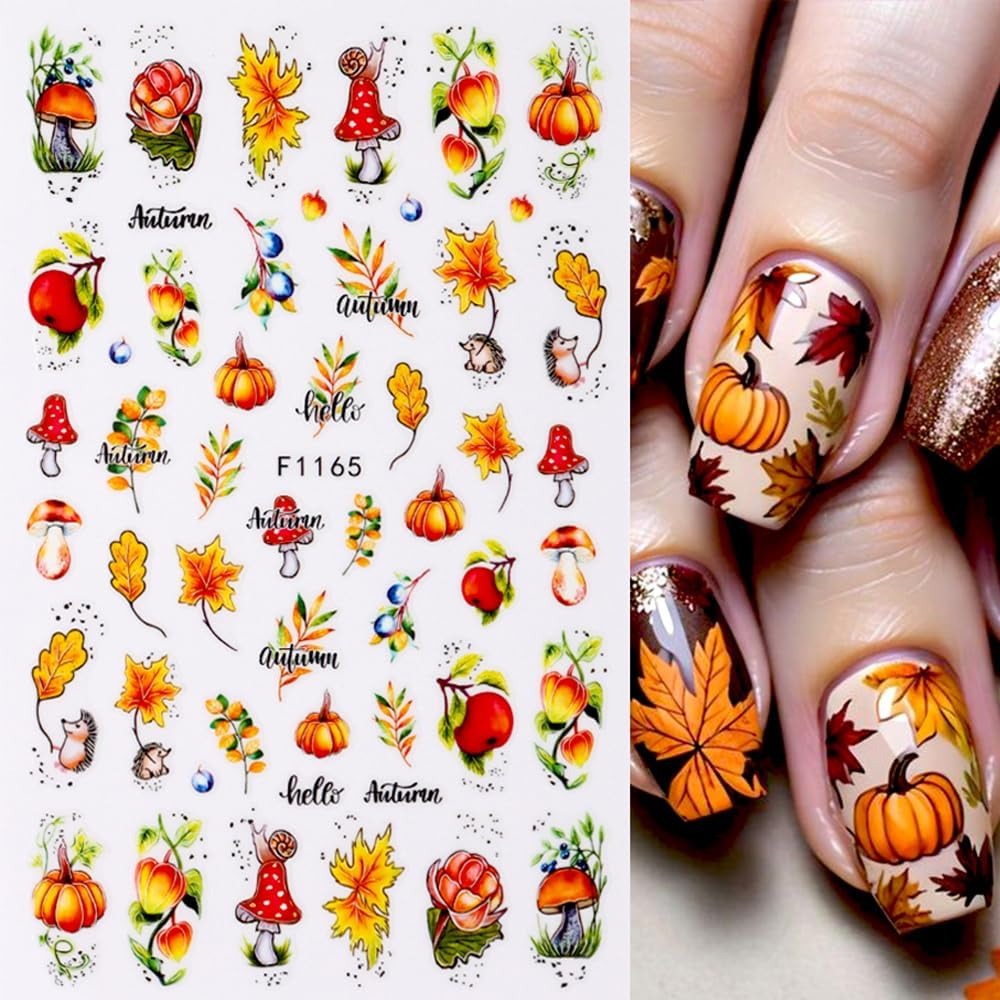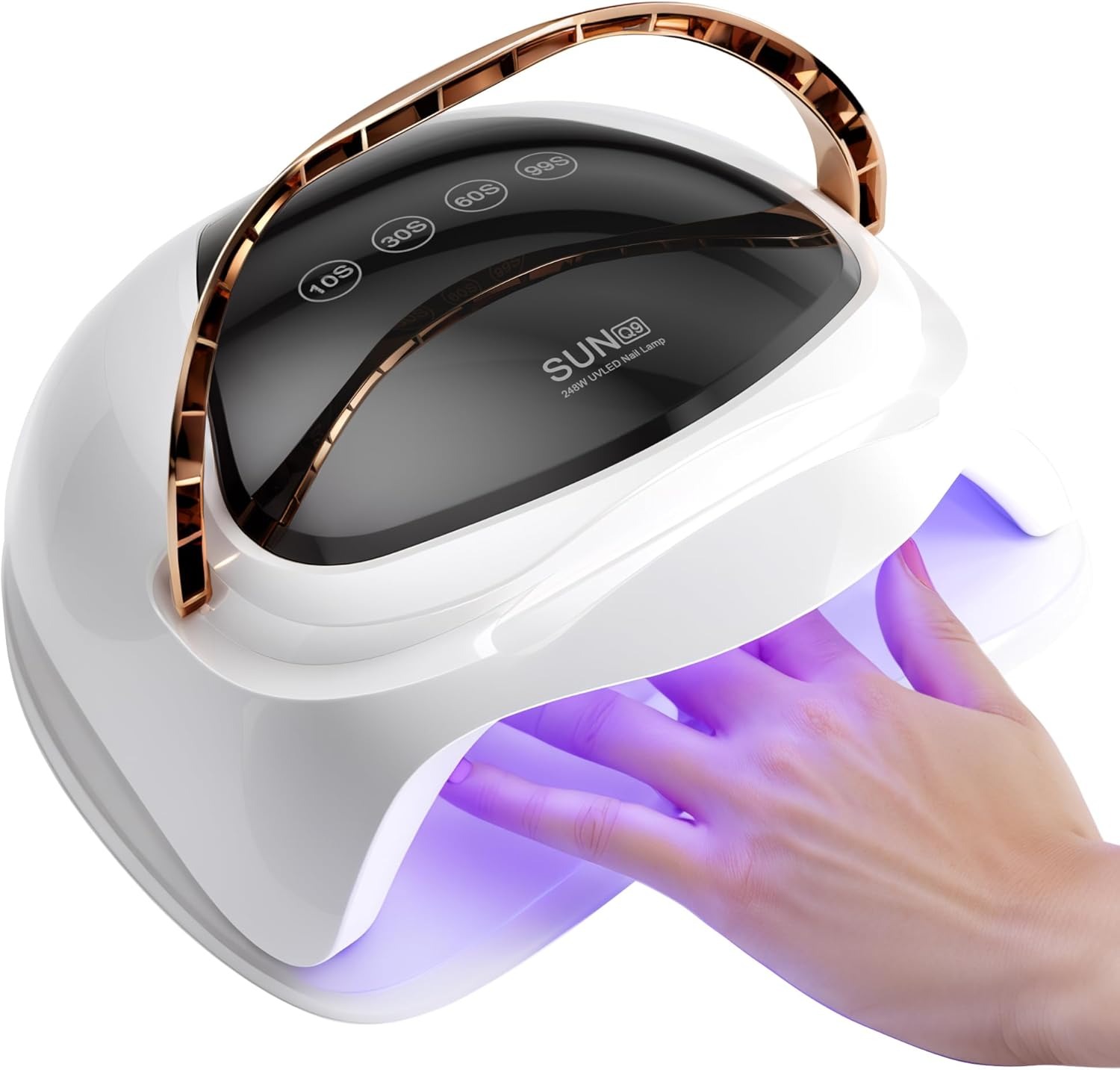Dealing with nail glue can be frustrating, especially when it bleeds onto your skin or nails. Whether you’re a nail art enthusiast or someone who occasionally uses glue for quick fixes, knowing how to remove nail glue is essential. This comprehensive guide explores various methods to safely and effectively eliminate nail glue, ensuring your nails and skin remain unharmed throughout the process.
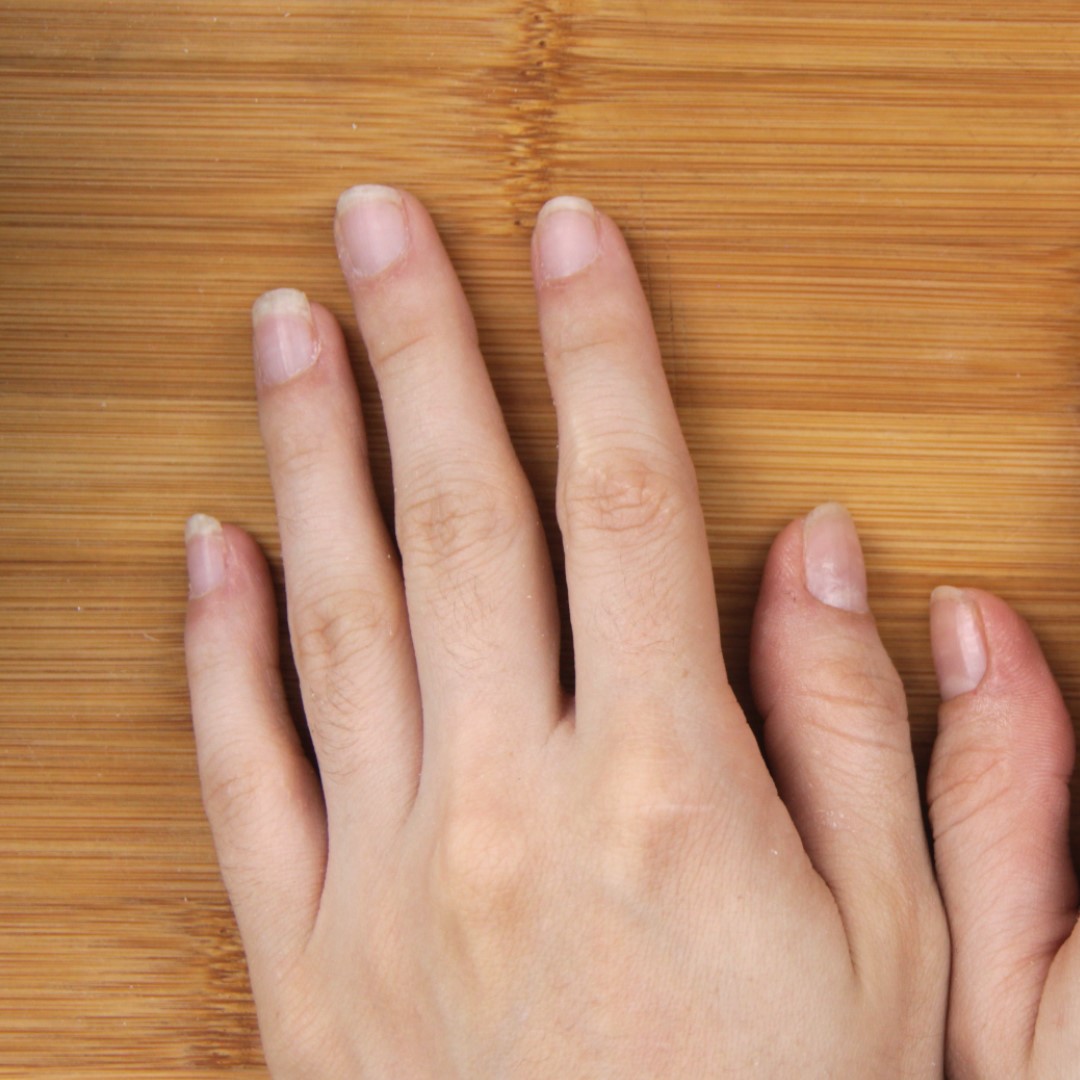 Understanding Nail Glue: Composition and Uses
Understanding Nail Glue: Composition and Uses
Before diving into removal techniques, it’s crucial to understand what nail glue is and how it’s typically used. Nail glue is a strong adhesive designed specifically for attaching artificial nails, decorations, or repairing broken nails. Its main components usually include cyanoacrylate, which provides the robust bonding necessary for lasting wear.
Common Applications of Nail Glue
Nail glue serves multiple purposes in the beauty and personal care industry. Primarily, it is used for:
- Attaching Artificial Nails: Provides a secure bond between the natural nail and acrylic or gel enhancements.
- Nail Art: Facilitates the application of decorations like gems, stickers, and decals.
- Quick Fixes: Repairs minor nail breaks or splits without the need for professional intervention.
Understanding these applications highlights the importance of knowing how to remove nail glue effectively, ensuring you can manage both aesthetic enhancements and accidental spills.
Essential Tools and Materials for Nail Glue Removal
To successfully remove nail glue, having the right tools and materials is essential. This preparation ensures the process is smooth and minimizes the risk of damaging your natural nails or skin.
Items You’ll Need
- Acetone: A powerful solvent that breaks down nail glue.
- Cotton Balls or Pads: For applying acetone to the glue.
- Aluminum Foil: Helps in retaining heat and moisture during the removal process.
- Nail File or Buffer: Assists in gently removing the softened glue.
- Cuticle Oil: Rehydrates and nourishes the nails and surrounding skin post-removal.
- Warm Soapy Water: For initial cleaning if glue spills onto skin.
Gathering these items beforehand will make the removal process more efficient and less stressful.
Step-by-Step Guide on How to Remove Nail Glue
Removing nail glue requires patience and care to prevent any damage. Follow these detailed steps to ensure a safe and effective removal process.
Using Acetone
- Soak a Cotton Ball in Acetone: Ensure the cotton is thoroughly saturated.
- Apply to Glued Area: Place the soaked cotton directly on the nail with glue.
- Wrap with Aluminum Foil: Secure the foil around your fingertip to keep the acetone in place.
- Wait for 10-15 Minutes: This allows the acetone to break down the glue.
- Remove the Foil and Cotton: Gently wipe away the softened glue with the cotton.
- Buff the Nail Surface: Use a nail file to remove any residual glue gently.
- Hydrate the Nails: Apply cuticle oil to nourish and moisturize.
Warm Soapy Water and Gentle Scraping
- Prepare a Soapy Soak: Fill a bowl with warm water and add a mild soap.
- Soak Your Nails: Submerge your nails in the solution for 10-15 minutes.
- Gently Scrape Off the Glue: Use a soft tool like a wooden stick to lift the softened glue.
- Wash and Dry: Rinse your hands thoroughly and pat dry.
- Apply Moisturizer: Ensure your nails and skin remain hydrated.
Using Petroleum Jelly
- Apply Petroleum Jelly Over the Glue: Cover the glued area generously.
- Massage Gently: This helps to loosen the adhesive bonds.
- Wipe Away the Glue: Use a soft cloth to remove the loosened glue.
- Clean and Moisturize: Wash your hands and apply a nourishing lotion.
Each of these methods offers a safe way to remove nail glue without causing harm to your natural nails or skin.
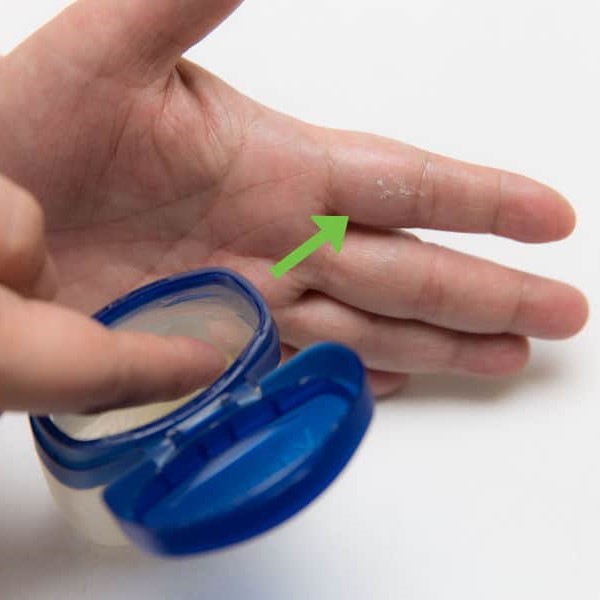 Tips for Preventing Nail Glue Mishaps
Tips for Preventing Nail Glue Mishaps
Prevention is always better than cure. Implementing a few simple practices can reduce the chances of experiencing nail glue spills and make the removal process easier if they occur.
Proper Application Techniques
- Use Minimal Glue: Apply only a small amount to achieve the desired bond without excess.
- Avoid Contact with Skin: Carefully apply glue to the nail area, keeping it away from the surrounding skin.
- Use Brushes or Applicators: Tools can help apply glue more precisely and control the quantity used.
Quick Response to Accidental Glue Exposure
If nail glue spills onto your skin or nails, act quickly to minimize drying time and ease removal:
- Wipe Immediately: Use a damp cloth to gently remove excess glue before it dries.
- Avoid Pulling or Tugging: This can cause irritation or damage to the skin and nails.
- Apply Oil or Moisturizer: Helps in loosening the adhesive and protecting the skin.
By following these preventive measures, you can reduce the likelihood of glue mishaps and make removal simpler when necessary.
Alternatives to Nail Glue: Safer Options
For those concerned about the harshness of nail glue and its removal process, considering alternatives can be beneficial. These alternatives often provide similar benefits without the need for strong adhesives.
Nail Stickers and Decals
Nail stickers and decals offer an easy way to decorate nails without the use of glue. They come in various designs and can be applied directly to clean nails, providing a hassle-free alternative.
Press-On Nails
Press-on nails are pre-fabricated enhancements that adhere to natural nails using a built-in adhesive strip. They are easy to apply and remove, eliminating the need for separate glue.
Gel and Acrylic Systems
Professional gel and acrylic nail systems use less visible adhesives and can be longer-lasting. While they require professional application, they offer a more durable and aesthetically pleasing option.
Exploring these alternatives can help you achieve beautiful nails with less effort and fewer removal challenges.
Safety Precautions When Removing Nail Glue
Safety should always be a priority when handling chemicals like acetone and during the removal process. Adhering to these precautions ensures a risk-free experience.
Ventilation
- Work in a Well-Ventilated Area: Acetone fumes can be strong and potentially harmful if inhaled in large quantities.
- Use Protective Gloves: Prevent skin irritation by protecting your hands from direct contact with acetone.
Avoiding Skin Irritation
- Apply Acetone Sparingly: Limit its use to the nail area to prevent drying and irritation of the surrounding skin.
- Hydrate and Moisturize: Regularly apply moisturizers or cuticle oil to maintain skin health after glue removal.
Proper Disposal of Materials
- Dispose of Used Cotton and Foil Properly: Do not reuse materials contaminated with acetone.
- Store Acetone Safely: Keep it away from heat sources and out of reach of children and pets.
Following these safety measures helps prevent accidents and ensures a smooth nail glue removal process.
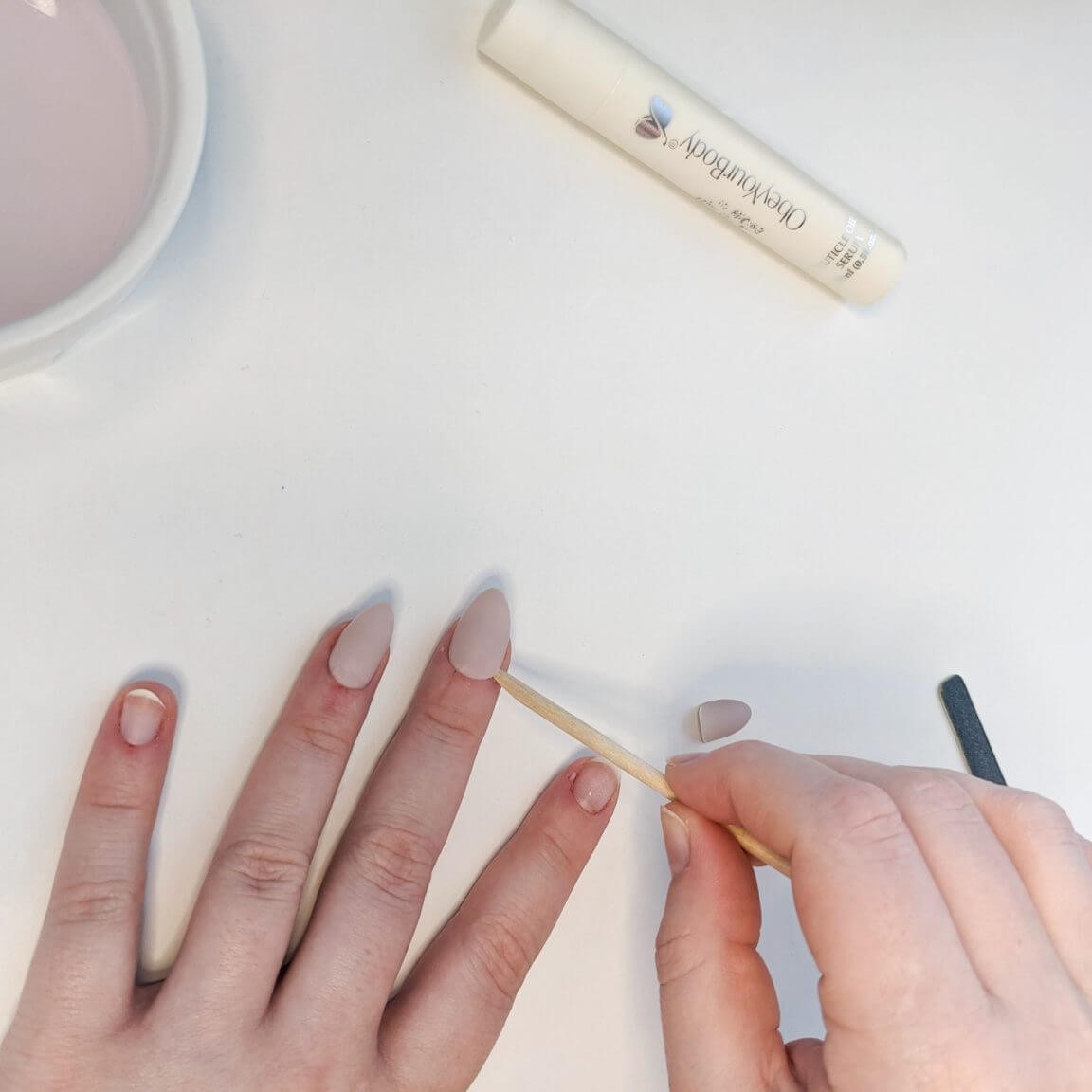 Troubleshooting Common Issues
Troubleshooting Common Issues
Even with the best techniques, you might encounter challenges when removing nail glue. Here are solutions to some common problems:
Glue Not Softening
If the glue remains stubborn after soaking, consider:
- Reapplying Acetone: Sometimes, additional acetone exposure is necessary.
- Extending Soak Time: Allow more time for the acetone to penetrate and break down the glue.
- Using a Nail File: Gently file the remaining glue, being careful not to damage the natural nail.
Skin Irritation
If you experience irritation:
- Rinse with Warm Water: Immediately remove any remaining acetone by washing with warm, soapy water.
- Apply a Soothing Lotion: Use aloe vera or a gentle moisturizer to alleviate irritation.
- Consult a Professional: If irritation persists, seek advice from a healthcare provider.
Damaged Natural Nails
To address damage to your natural nails:
- Hydrate Regularly: Apply nail oil and moisturizer to restore moisture.
- Avoid Further Use of Harsh Chemicals: Give your nails a break from adhesives and gels to recover.
- Strengthen Nails with Treatments: Consider using strengthening polishes or treatments designed to repair and protect nails.
Understanding how to troubleshoot these issues ensures that you can maintain healthy nails even after glue removal.
Best Practices for Healthy Natural Nails
Maintaining healthy natural nails is essential, especially after using adhesives and undergoing removal processes. Implement these best practices to keep your nails strong and beautiful.
Regular Moisturization
- Use Cuticle Oil Daily: Keeps the cuticles hydrated and prevents dryness.
- Apply Hand Cream: Regular moisturizing maintains overall nail and skin health.
Proper Nail Care
- Trim and File Nails Regularly: Prevents splitting and breakage.
- Avoid Biting or Picking: Protects the nail bed and maintains nail integrity.
Balanced Diet
- Consume Nutrient-Rich Foods: Vitamins and minerals like biotin, vitamin E, and iron support nail health.
- Stay Hydrated: Adequate water intake promotes strong and resilient nails.
Limit Use of Harsh Chemicals
- Choose Gentle Nail Products: Opt for acetone-free or low-acetone removers when possible.
- Use Gloves When Cleaning: Protects nails from exposure to chemicals and excessive moisture.
By following these practices, you ensure that your nails remain healthy and less susceptible to damage from adhesives and removal processes.
Natural Remedies for Nail Glue Removal
If you prefer a more natural approach, several home remedies can help remove nail glue without harsh chemicals. These methods are gentler on the skin and nails while still being effective.
Olive Oil and Lemon Juice
- Mix Equal Parts Olive Oil and Lemon Juice: Create a natural solvent mixture.
- Soak a Cotton Ball: Dip it into the mixture and apply it to the glued area.
- Wrap with Aluminum Foil: Retains warmth and enhances the mixture’s effectiveness.
- Wait for 10-15 Minutes: Allows the glue to soften.
- Gently Rub Away the Glue: Use the cotton ball to remove the softened adhesive.
Vinegar and Warm Water
- Combine Equal Parts Vinegar and Warm Water: Create a soaking solution.
- Soak Your Nails: Immerse them in the mixture for 15-20 minutes.
- Scrape Off the Glue: Use a soft tool to lift the glue gently.
- Rinse and Moisturize: Wash your hands and apply moisturizer to restore hydration.
Baking Soda and Coconut Oil
- Create a Paste: Mix baking soda with coconut oil until it forms a thick consistency.
- Apply to Glued Areas: Spread the paste evenly over the glue.
- Let it Sit for 10 Minutes: Allows the paste to penetrate and break down the adhesive.
- Wipe Away the Paste and Glue: Use a soft cloth to remove both the paste and glue residue.
These natural remedies offer safer alternatives for those sensitive to chemicals, ensuring effective nail glue removal without compromising nail health.
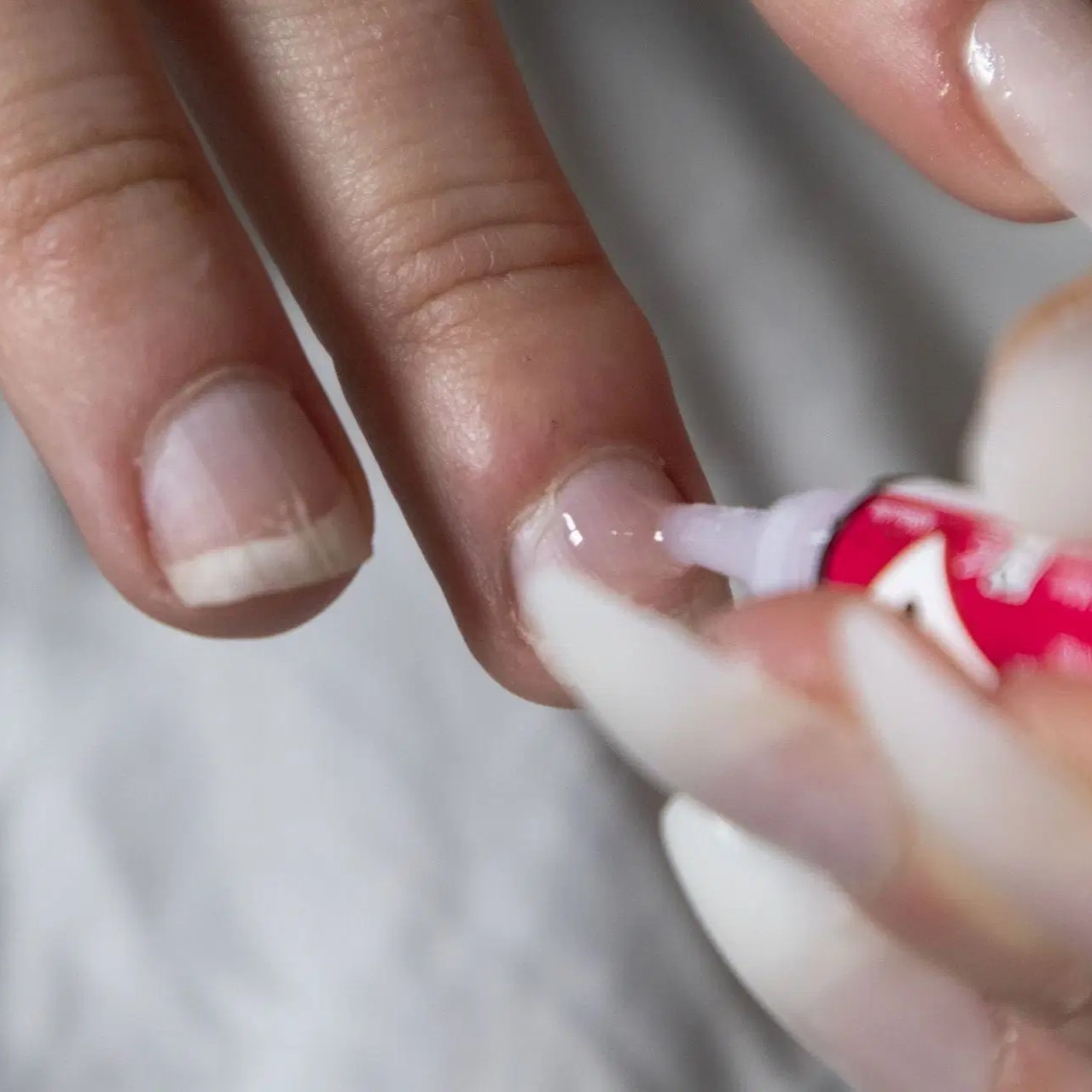 Professional Help: When to Seek Expert Assistance
Professional Help: When to Seek Expert Assistance
While many can successfully remove nail glue at home, there are situations where professional help is advisable. Recognizing these scenarios ensures you receive the best care for your nails.
Severe Glue Residue
If glue has permanently bonded to your nails, causing significant discomfort or damage, a professional can safely remove it without harming your natural nails.
Nail Damage
When nail glue removal has led to weakened or damaged nails, seeking a manicure specialist can provide treatments to restore nail strength and health.
Allergic Reactions
In cases of severe skin irritation or allergic reactions to nail glue, consulting a dermatologist or healthcare provider is essential for appropriate treatment.
Persistent Issues
If you repeatedly struggle with nail glue removal or face recurring nail problems, a professional can offer personalized solutions and advice to prevent future issues.
Professional assistance ensures that you handle more complex nail glue removal scenarios with expertise and care.
Maintaining Your Nails Post Glue Removal
After successfully removing nail glue, it’s important to take steps to ensure your nails remain healthy and strong. Proper aftercare can prevent damage and promote quicker recovery.
Hydration and Nutrition
- Apply Moisturizers Regularly: Keeps nails and surrounding skin hydrated.
- Consume Balanced Meals: Supports nail growth and strength from within.
Protective Measures
- Use Gloves When Cleaning: Protects nails from harsh chemicals and excessive moisture.
- Avoid Excessive Manicures: Give your nails time to breathe and recover between treatments.
Regular Maintenance
- Trim and File Nails Frequently: Encourages healthy nail growth and prevents breakage.
- Use Nail Strengtheners: Apply to reinforce nails and prevent future damage.
By following these maintenance tips, you can ensure that your nails stay healthy and resilient after glue removal.
Frequently Asked Questions About Nail Glue Removal
Addressing common queries can provide additional clarity and support when dealing with nail glue removal.
How Long Does It Take to Remove Nail Glue?
The time required varies based on the removal method used. Acetone-based methods typically take 15-20 minutes, while natural remedies may require 20-30 minutes. Patience is key to ensuring safe and effective removal.
Can Nail Glue Damage My Natural Nails?
Improper removal techniques, especially those involving excessive force or harsh chemicals, can damage natural nails. Always follow safe removal practices to minimize the risk of harm.
Is It Safe to Use Acetone on My Skin?
While acetone is generally safe for short-term use on skin, prolonged exposure can cause dryness and irritation. Use it sparingly and apply moisturizer afterward to protect your skin.
Can I Prevent Nail Glue from Sticking to My Skin?
Yes, by applying a thin layer of petroleum jelly around your nails before applying glue, you create a barrier that prevents accidental glue spills from sticking to your skin.
What Should I Do If I Experience an Allergic Reaction?
Immediately rinse the affected area with warm, soapy water and discontinue using the product. Seek medical attention if symptoms persist or worsen.
These answers help provide a clearer understanding of nail glue removal and address potential concerns effectively.
Final Thoughts on How to Remove Nail Glue
Learning how to remove nail glue efficiently is crucial for maintaining healthy nails and preventing unwanted damage. By using the appropriate methods, tools, and safety precautions, you can manage nail glue removal with ease and confidence. Whether you opt for chemical solvents like acetone, natural remedies, or professional assistance, each approach offers unique benefits tailored to different needs and preferences.
Moreover, incorporating preventive measures and maintaining proper nail care practices ensures that your nails remain strong and resilient against future adhesive challenges. Remember, the key to successful nail glue removal lies in patience, proper technique, and attentive aftercare. Embrace these strategies to enjoy beautiful, healthy nails free from the hassles of stubborn glue residues.
